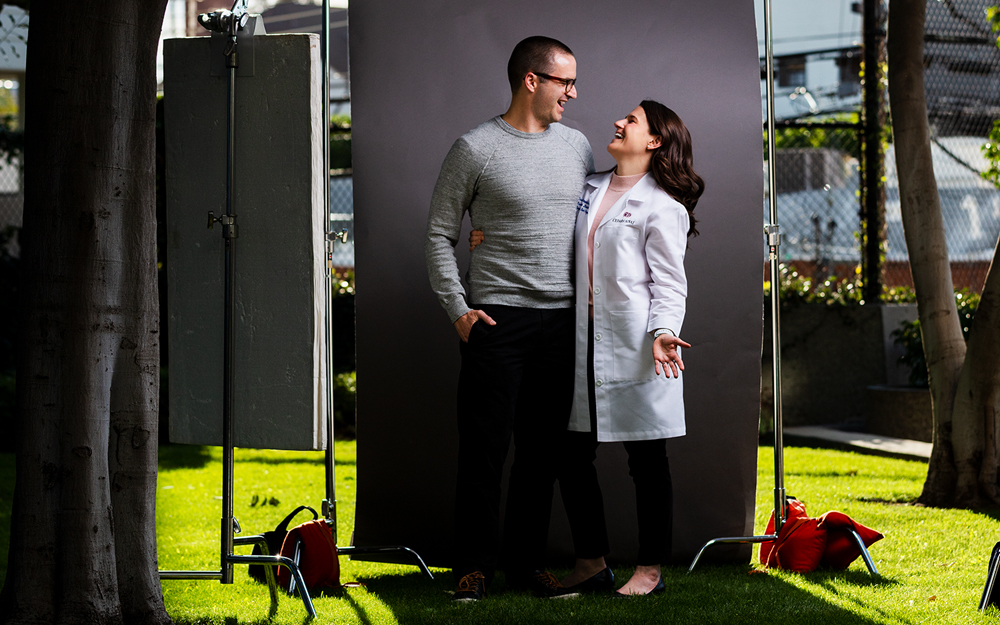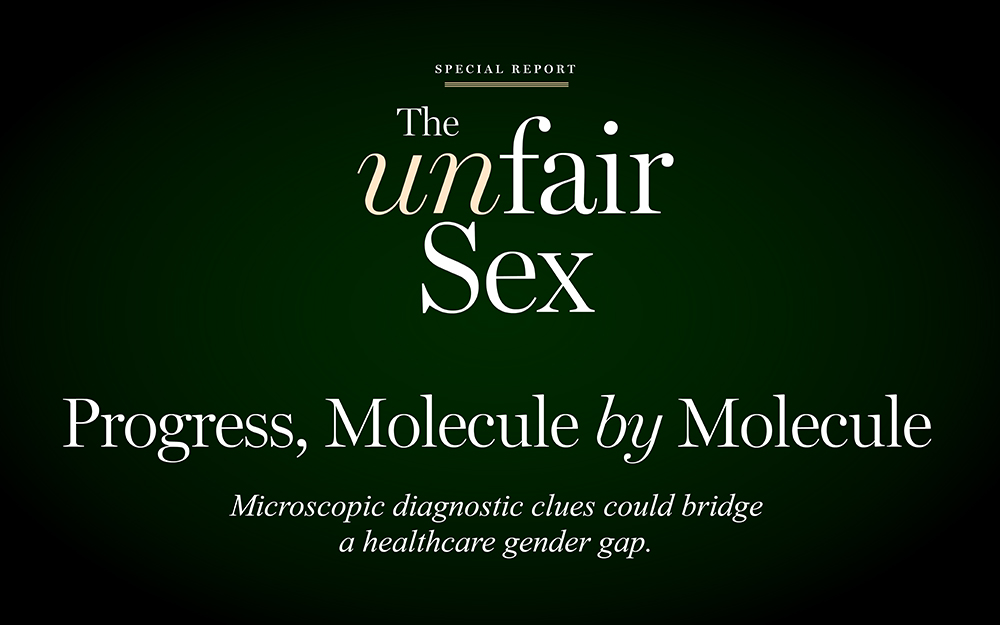Bridging the Data Gap on Hypertension During Pregnancy
Date
June 8, 2022
Credits

Date
June 8, 2022
Credits
Medical providers featured in this article
In Brief
{{cta-block}}
When the American Heart Association and American College of Cardiology updated guidelines on blood pressure treatment and management in 2017, they left out a considerable swath of the population: pregnant people.
“It’s because there wasn’t enough data on pregnancy to provide evidence-informed recommendations,” says Dr. Natalie A. Bello, director of Hypertension Research at the Smidt Heart Institute. “I’ve taken that to heart and I’m trying to build a better knowledge base of the best protocols to follow for high blood pressure during pregnancy.”
The United States has the highest rates of maternal morbidity and mortality compared to similarly wealthy countries. Cardiovascular disease is now the leading cause of death during pregnancy.
Dr. Bello co-chairs a work group for the American College of Cardiology that focuses on cardio-obstetrics, seeking to expand scientific knowledge in the field, inform both cardiologists and obstetricians of the heart health needs of pregnant patients, and advocate for policy changes to help this population.
A recent study she led, published in the Journal of the American Medical Association Network Open, found that applying a lower blood pressure threshold for hypertension allowed clinicians to better predict risk of preeclampsia (high blood pressure in pregnancy) and other adverse pregnancy outcomes. The study used electronic medical record data of women who delivered infants between 2009 and 2014 at a large regional health system.
In pregnancy, we have to look out for both patients—the mom and the baby.”
—Dr. Natalie A. Bello
Blood pressure is measured as two values. The first measures pressure on blood vessels when the heart beats and the second measures pressure when the heart is relaxed. When applying a 130/80 mmHg threshold to diagnose hypertension—rather than the 140/90 mmHg traditionally used to define high blood pressure in pregnancy—the investigators found they could more accurately identify which women were likely to develop preeclampsia.
Hypertension treatment during pregnancy is approached with caution, as an adequate blood supply must flow to the placenta to nourish the developing fetus.
“In pregnancy, we have to look out for both patients—the mom and the baby,” Dr. Bello says. “This warrants more testing, but our findings are a real signal that we can identify maternal risks without creating greater risk for babies.”
This is one example, Dr. Bello says, of the need to expand the data about pregnancy to match what we know about non-pregnant adults.





